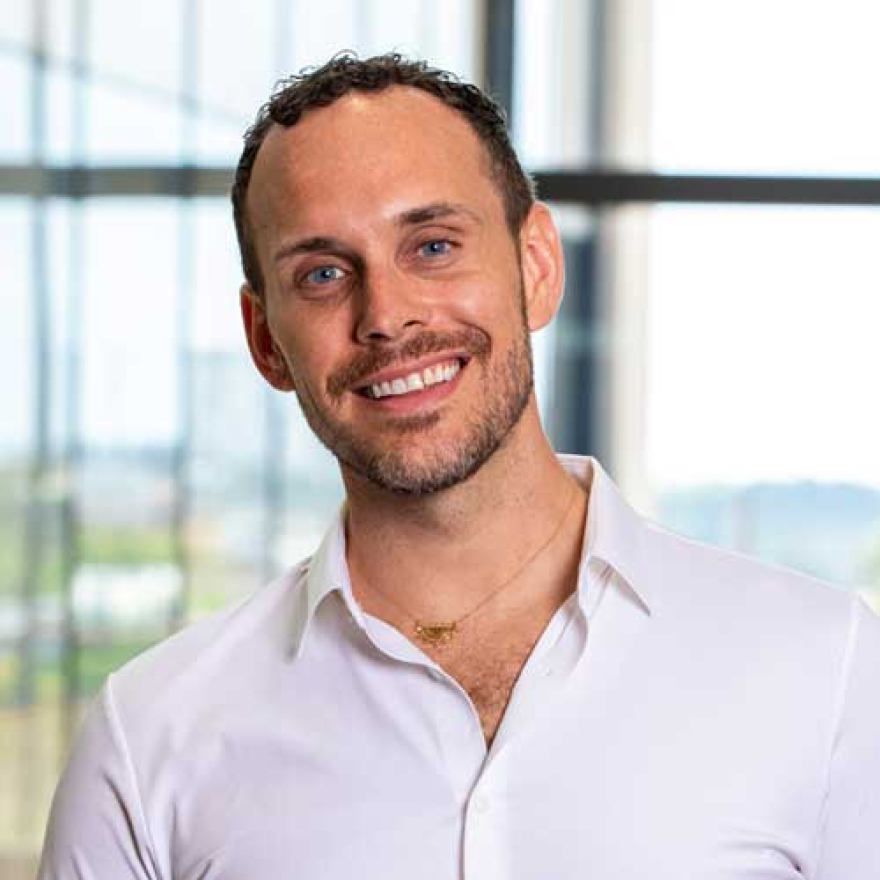- In 2014, 32,629 individuals attended participating sexual health clinics in NSW. Of those, 67% were male and 33% were female. A total of 2,383 HIV positive patients were seen in 2014 (7% of patients) as were 12,077 gay, bisexual and other men who have sex with men, or GBM, (37% of patients).
- The total number of HIV tests conducted at sexual health clinics in NSW increased by 111% from 12,737 in 2007 to 26,938 in 2014. Across priority populations, the largest increase was observed among GBM, with a 298% increase in total HIV tests from 3,730 in 2007 to 14,853 in 2014.
- There were 100 new infections identified at participating sexual health clinics in 2014. Among GBM, Among GBM, HIV positivity (the proportion of unique individuals diagnosed with HIV) with HIV at sexual health clinics fell from 1.7% in 2007 to 1.0% in 2014.
- Among GBM patients, HIV incidence peaked at 1.32/100PY in 2011 before declining to a low of 0.59/100PY in 2014. By age group, incidence in 2014 was generally comparable but lowest among men aged 40 years and older (0.49/100PY) and highest among men aged 30-39 years (0.68/100PY).
- Between 2007 and 2014, there was a 66% increase in the number of HIV positive patients receiving treatment at sexual health clinics in NSW, from 1,083 to 1,831. Overall, the majority of people with HIV attending sexual health clinics received antiretroviral treatment (hereafter referred to as ‘treatment’) from that service.
Early detection and treatment of HIV are centrepieces of an international movement to reduce rates of HIV among affected populations. Frequent testing and early treatment of those diagnosed with the virus are key components of the NSW HIV Strategy, which aims to increase antiretroviral treatment coverage to 90% of living with HIV and reduce the average time between infection and diagnosis to 1.5 years1. Such ambitious goals are supported by mathematical modelling, which suggests that 70% treatment coverage coupled with a 30% decrease in the time from infection to diagnosis would reduce HIV incidence by up to 32%.
With new evidence confirming the public health and individual level benefits of early initiation of HIV treatment3, the push for frequent testing and early antiretroviral treatment has never been greater. To achieve these aims new HIV testing models such as SMS reminders, ‘express’ services and community-based testing are being developed and implemented in NSW. Additionally, evaluations have demonstrated the role of rapid testing to increase repeat HIV testing among gay and bisexual men4. To evaluate the uptake and impact of these strategies, there is a need for a range of indicators from different data sources to measure HIV testing, treatment and incidence.

